Proterozoic Eon: Eukaryotes to Multicellular Life (2500 to 541 million years ago)
In the Proterozoic Eon, key highlights are: ozone layer thickened, an oxygen crisis, Snowball Earth and eukaryotes and multicellular organisms evolved.
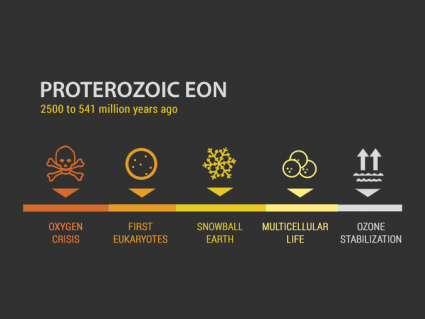
In the Proterozoic Eon, key highlights are: ozone layer thickened, an oxygen crisis, Snowball Earth and eukaryotes and multicellular organisms evolved.
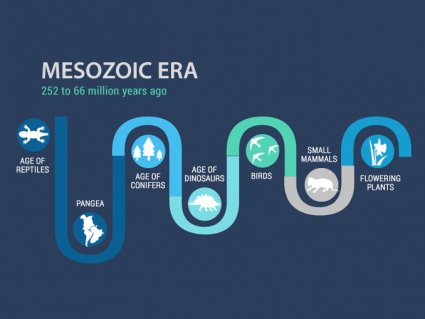
The Mesozoic Era had a lot of “firsts”. For example, it had the first birds, first mammals, first dinosaurs and first flowering plants on Earth.
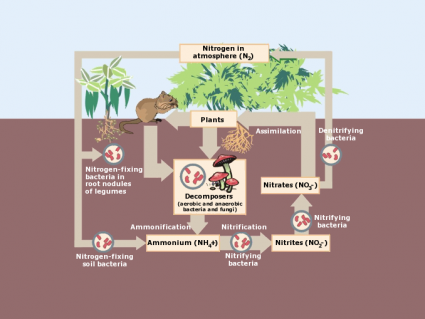
Nitrogen transforms into several different forms in the 4 steps of the nitrogen cycle – nitrogen fixing, decomposition, nitrification & denitrification.
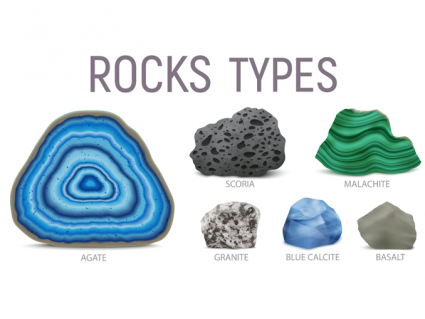
Earth is covered with these 3 types of rocks are: (1) sedimentary rocks (2) metamorphic rocks and (3) igneous rocks. How they are different from each other?
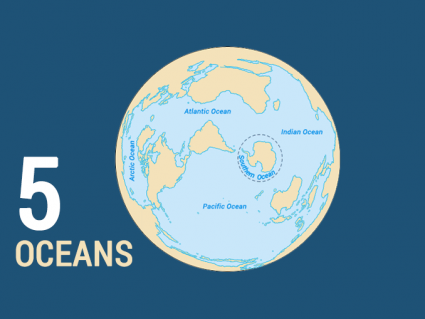
Since the year 2000, the International Hydrographic Organization (IHO) started recognizing 5 oceans: Pacific, Atlantic, Indian, Arctic and Southern Ocean.
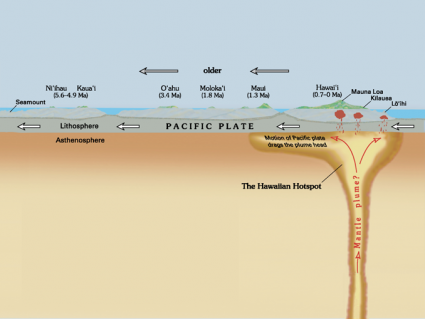
Earth’s crust is all around us. It’s the layer we live on. But did you know that Earth’s crust is composed of oceanic and continental and oceanic crust?
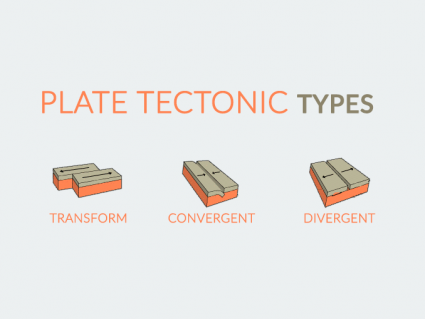
Plate boundaries interact with each other in 3 primary ways. The types of plate tectonic boundares are divergent, convergent and transform (conservative).
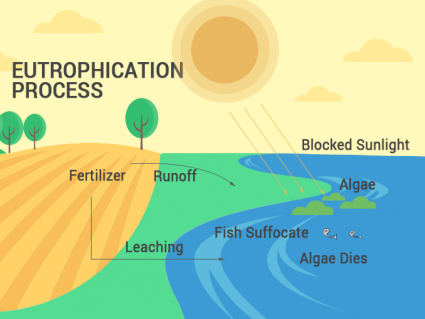
Eutrophication occurs in water bodies when too many nutrients are introduced. Over-fertilization of water causes algae to grow blocking sunlight for plants.
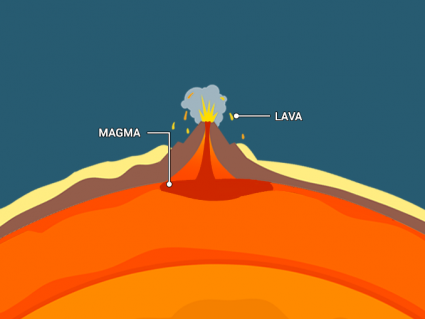
Magma is liquid rock with dissolved gas at the interior of Earth. When magma reaches the surface, it’s lava. The difference for lava vs magma is location.
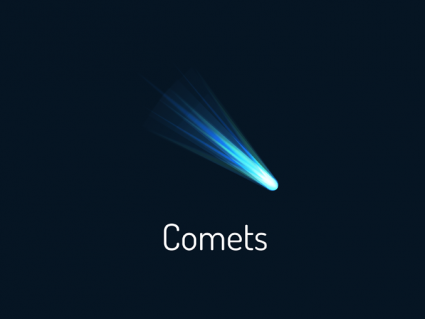
Comets are balls of frozen gases mixed with pieces of rocks, water and ice. There are only a hundred or so named comets and a bit over 3500 known comets.
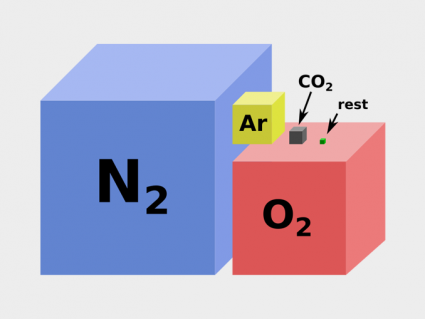
From largest to smallest, Earth’s atmosphere composition contains nitrogen, oxygen, argon, CO2 and trace gases. Water vapor is excluded from this total.
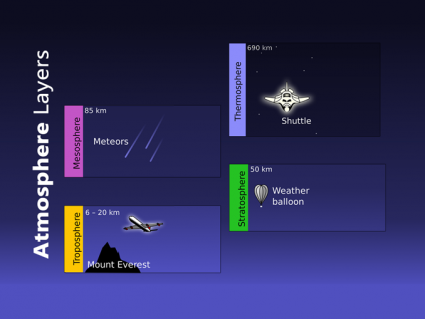
There are 4 primary layers of the atmosphere on Earth: troposphere, stratosphere, mesosphere and thermosphere. The ionosphere and exosphere are above those.
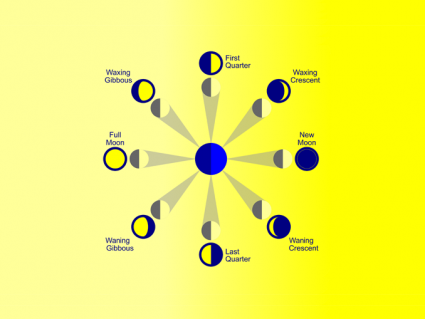
At all times the sun illuminates half of the moon. Depending on your point of view, this is what causes the various phases of the moon.
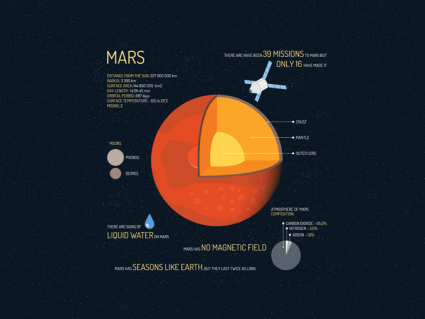
In terms of space exploration, Mars has been the greatest frontier for discovery. From its red color to marsquakes, here are 15 remarkable facts about Mars.
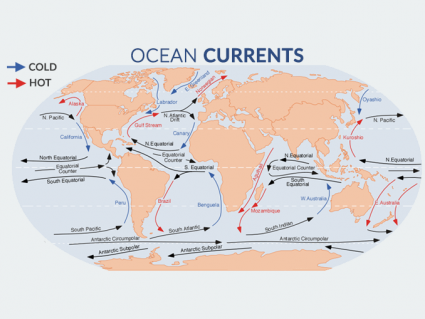
Ocean currents are like giant conveyor belts moving huge amounts of water all the time. Wind, temperature and salt gradients all influences ocean currents.